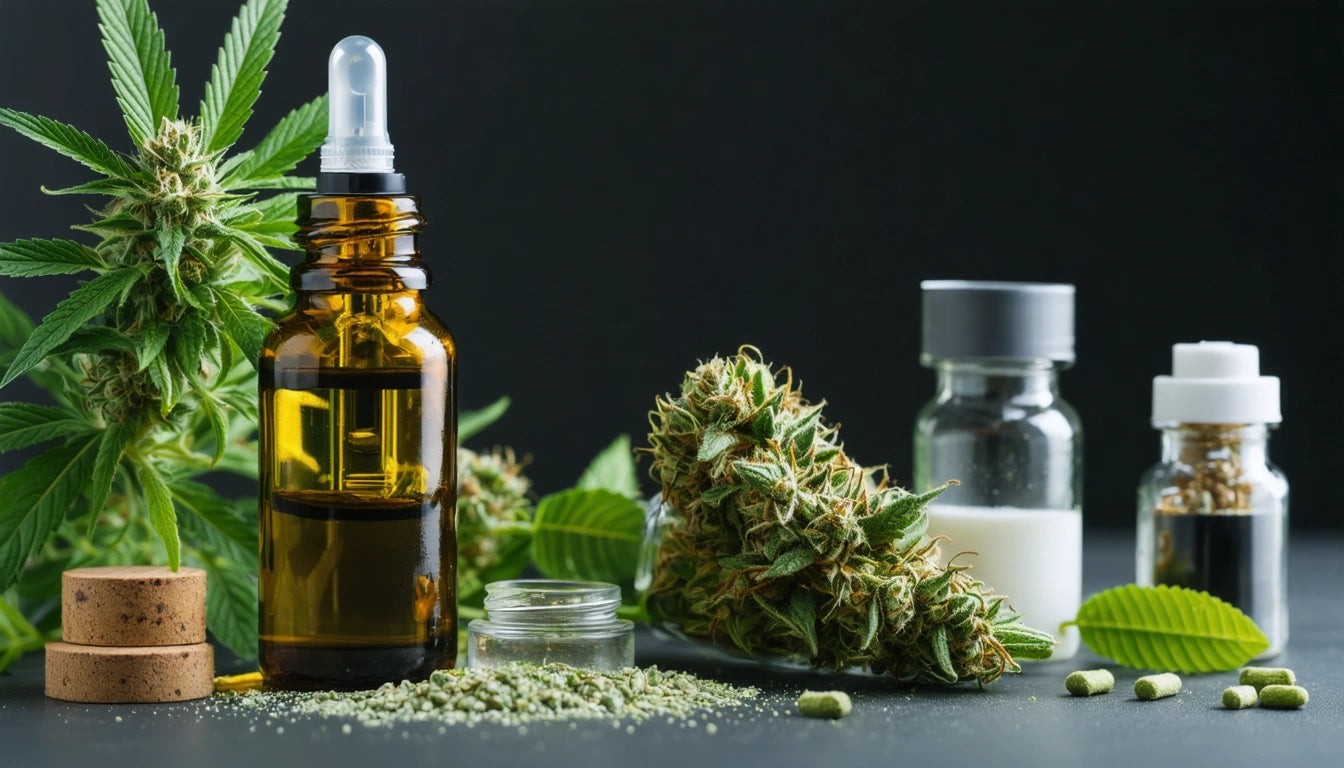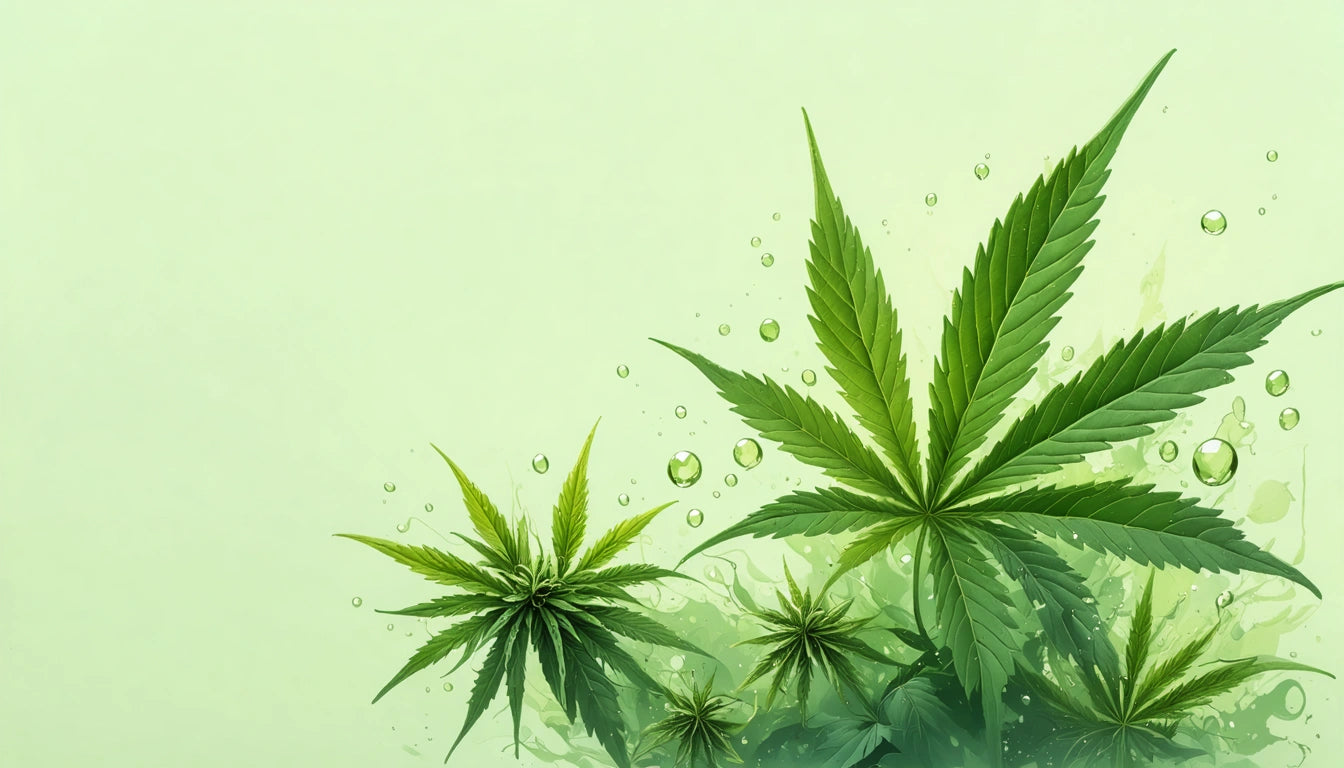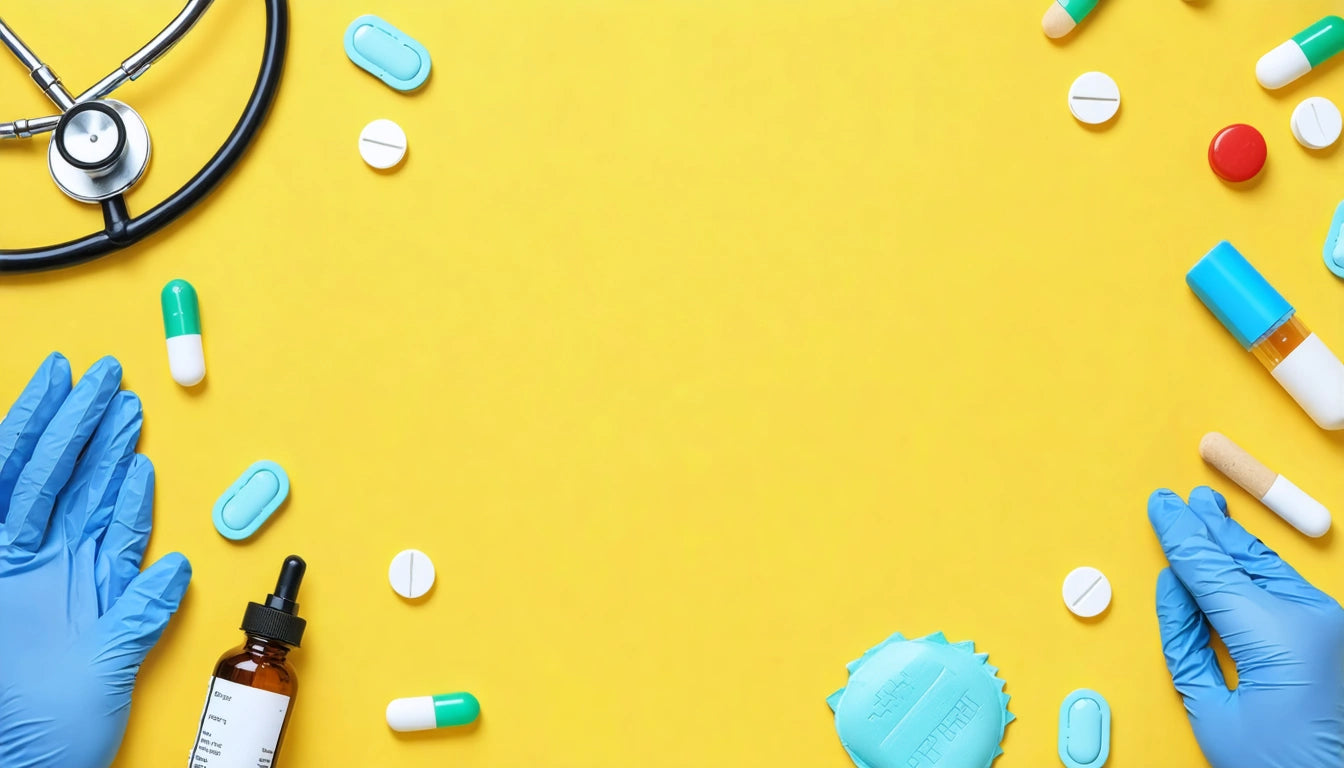Table of Contents
- Understanding CBD Oil: Composition and Benefits
- Extraction Methods: How CBD Oil Is Made Commercially
- DIY CBD Oil: How to Make CBD Oil Out of Bud at Home
- Proper Usage: How to Take CBD Oil Correctly
- Specific Applications: Using CBD Oil for Various Conditions
- Quality Considerations and Storage Recommendations
How to Make and Use CBD Oil: A Comprehensive Guide
CBD oil has gained tremendous popularity for its potential therapeutic benefits without the psychoactive effects associated with THC. Understanding how CBD oil is made, creating it at home, and using it properly can help you maximize its benefits while ensuring safety and efficacy.
Understanding CBD Oil: Composition and Benefits
CBD (cannabidiol) is one of over 100 cannabinoids found in cannabis plants. Unlike THC, CBD doesn't produce intoxicating effects, making it appealing for those seeking potential therapeutic benefits without feeling high.
High-quality CBD oil typically contains:
- CBD extract (cannabidiol)
- Carrier oil (often MCT, hemp seed, or olive oil)
- Terpenes (aromatic compounds that may enhance effects)
- Trace cannabinoids (depending on whether it's full-spectrum, broad-spectrum, or isolate)
According to research on CBD interactions and production, the extraction method significantly impacts the final product's quality and cannabinoid profile.
Extraction Methods: How CBD Oil Is Made Commercially
Commercial CBD oil production employs several extraction methods, each with distinct advantages:
CO2 Extraction
This premium method uses pressurized carbon dioxide to pull CBD from plant material. Benefits include:
- No residual solvents
- Preserves terpene profile
- Highly effective at isolating cannabinoids
- Environmentally friendly
Ethanol Extraction
This method uses high-grade grain alcohol to extract cannabinoids:
- Efficient at removing unwanted plant materials
- Cost-effective for large-scale production
- Potential to extract chlorophyll (which can affect taste)
Oil Infusion
The simplest method involves heating plant material in carrier oil:
- Most accessible for home production
- Minimal equipment required
- Lower concentration than other methods
DIY CBD Oil: How to Make CBD Oil Out of Bud at Home
Making CBD oil at home is possible with high-CBD cannabis or hemp flower. For those interested in DIY production, our guide on cannabis-infused products provides additional insights.
Basic Oil Infusion Method
- Decarboxylate your CBD-rich flower (bake at 240 °F/115 °C for 60 minutes)
- Grind the decarboxylated flower coarsely
- Combine with carrier oil (coconut, olive, or MCT) in a 1:1 ratio
- Heat in a double boiler for 2-3 hours at 130-150 °F (55-65 °C)
- Strain through cheesecloth or coffee filters
- Store in dark glass containers
For proper storage of your homemade or purchased CBD products, many enthusiasts use specialized storage containers that maintain freshness and potency by protecting the oil from light and air exposure.
Equipment Needed
- Baking sheet
- Grinder
- Double boiler or slow cooker
- Thermometer
- Cheesecloth or fine strainer
- Dark glass bottles for storage
While home extraction is cost-effective, commercial products undergo rigorous testing for potency and contaminants, which isn't possible with DIY methods.
Proper Usage: How to Take CBD Oil Correctly
Understanding how to take CBD oil correctly maximizes its potential benefits:
Sublingual Administration
The most common and effective method:
- Place drops under your tongue
- Hold for 60-90 seconds before swallowing
- This allows for absorption through the sublingual gland
- Faster onset (15-30 minutes) than oral consumption
Dosage Guidelines
Finding the right dosage is personal and depends on several factors:
- Start with 5-10mg of CBD
- Gradually increase by 5mg every few days
- Monitor effects in a journal
- Consider body weight, condition severity, and CBD concentration
For more detailed dosing information, our beginner's guide to CBD dosage provides comprehensive recommendations.
Specific Applications: Using CBD Oil for Various Conditions
CBD oil has been studied for various applications, including some sensitive health concerns:
Using CBD Oil for Erectile Dysfunction
Some men explore CBD for erectile dysfunction due to its potential to:
- Reduce anxiety that may contribute to ED
- Improve blood flow through vasodilation
- Lower stress levels that might impact performance
While research is preliminary, some users report benefits when using CBD as part of a holistic approach to sexual health.
Other Common Applications
- Anxiety and stress management
- Sleep improvement
- Pain and inflammation reduction
- Seizure management (FDA-approved for certain forms of epilepsy)
When using CBD for specific conditions, consistency is key. As explained in our guide to choosing CBD oil, regular usage may provide more consistent results than occasional use.
Quality Considerations and Storage Recommendations
Whether making CBD oil at home or purchasing commercially, quality and proper storage are essential:
Identifying Quality CBD Products
- Look for third-party lab testing
- Check for clear CBD content labeling
- Verify the extraction method
- Consider organic certification
- Examine the carrier oil quality
Proper Storage Practices
- Store in dark glass bottles away from light
- Keep at room temperature (60-70 °F/15-21 °C)
- Avoid exposure to air
- Keep away from heat sources
- Use within 1-2 years for optimal potency
Understanding the differences between hemp and CBD products is also important, as outlined in our comparison of hemp seed oil and CBD oil.
By understanding how CBD oil is made, learning proper usage techniques, and following quality guidelines, you can make informed decisions about incorporating CBD oil into your wellness routine. Whether you choose commercial products or attempt DIY production, prioritizing quality and proper administration will help you experience the potential benefits of this versatile compound.











Leave a comment
All comments are moderated before being published.
This site is protected by hCaptcha and the hCaptcha Privacy Policy and Terms of Service apply.